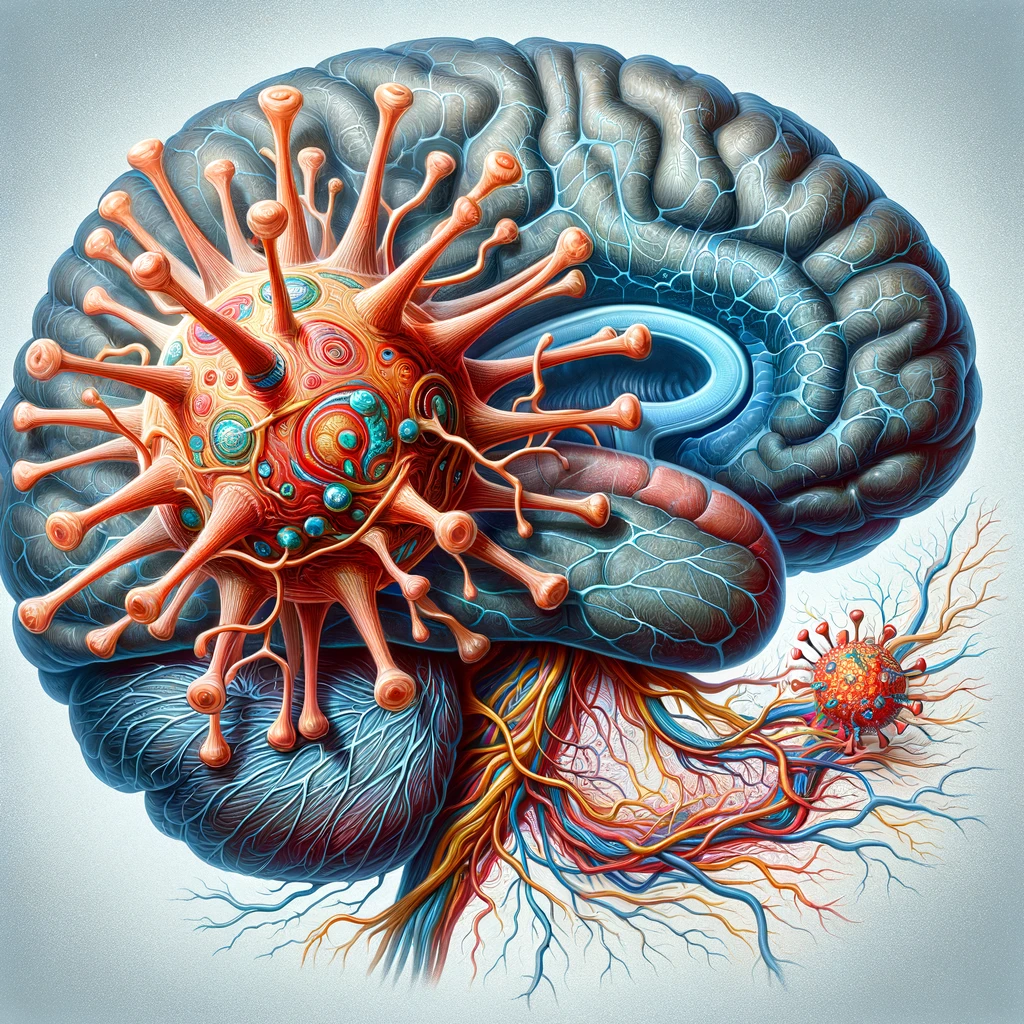Abstract
The COVID-19 pandemic, caused by the SARS-CoV-2 virus, has been predominantly recognized for its respiratory complications. However, emerging evidence suggests a significant impact on the autonomic nervous system (ANS), leading to the development of dysautonomia in some patients. This article reviews the current literature on the association between COVID-19 and autonomic dysfunction, with a focus on reported dysautonomia cases post-infection.
Introduction
Since the outbreak of COVID-19, researchers have observed a myriad of symptoms and complications associated with the infection. Among these, dysautonomia, a disorder of the ANS, has emerged as a notable concern (1). The ANS regulates involuntary bodily functions, including heart rate, blood pressure, and digestion. Dysautonomia encompasses a range of symptoms such as tachycardia, orthostatic intolerance, and gastrointestinal disturbances.
Literature Review
A. Incidence of Dysautonomia Post-COVID-19
Several studies have reported the onset of dysautonomia symptoms following COVID-19 infection. A study by Blitshteyn and Chopra (2020) documented cases of Postural Orthostatic Tachycardia Syndrome (POTS) in COVID-19 patients, highlighting the potential for long-term autonomic sequelae (2).
B. Mechanisms of Autonomic Dysfunction
The pathophysiology linking COVID-19 to dysautonomia is not fully understood. However, theories suggest direct viral invasion, immune-mediated mechanisms, and hypoxia-related damage as potential causes. A study by Goldstein (2021) posits that SARS-CoV-2 may directly infect autonomic neurons, leading to dysregulation (3).
C. Clinical Presentation and Diagnosis
Clinical presentation of COVID-related dysautonomia is diverse. Symptoms like persistent tachycardia, blood pressure fluctuations, and gastrointestinal issues are common. Diagnosis is primarily clinical, supported by tests such as heart rate variability and tilt table tests.
Discussion
The review indicates a clear association between COVID-19 and the development of dysautonomia. While the exact mechanisms are yet to be fully elucidated, the impact of COVID-19 on the ANS is evident. This has implications for long-term management of COVID-19 survivors, necessitating awareness and appropriate treatment strategies for autonomic dysfunction.
Treatment and Management
Management of COVID-induced dysautonomia involves symptomatic treatment and lifestyle modifications. Recommendations include increased fluid and salt intake, physical therapy, and medications like beta-blockers for tachycardia. Long-term follow-up and interdisciplinary care are crucial for optimal outcomes.
Conclusion
COVID-19 can lead to significant autonomic dysfunction, manifesting as various forms of dysautonomia. This review underscores the importance of recognizing and managing autonomic symptoms in COVID-19 patients. Further research is needed to understand the pathophysiological mechanisms and to develop targeted therapies.
References
- Nalbandian, A., et al. (2021). “Post-acute COVID-19 syndrome.” Nature Medicine, 27, 601-615.
- Blitshteyn, S., & Chopra, P. (2020). “Postural orthostatic tachycardia syndrome (POTS) and other autonomic disorders after COVID-19 infection: a case series of 20 patients.” Immunologic Research.
- Goldstein, D. S. (2021). “The possible association between COVID-19 and autonomic nervous system dysfunction.” Clinical Autonomic Research, 31, 19-25.


